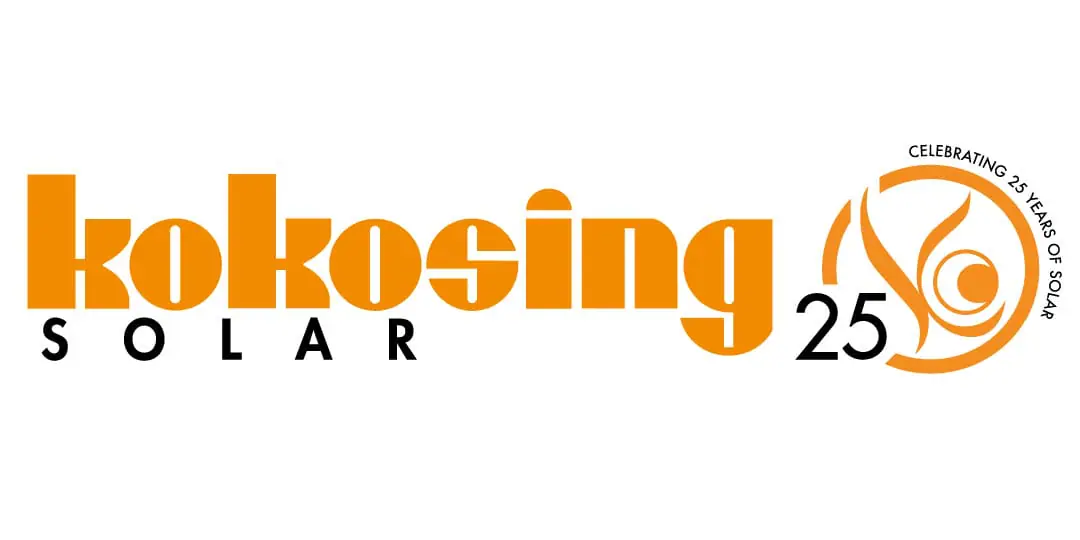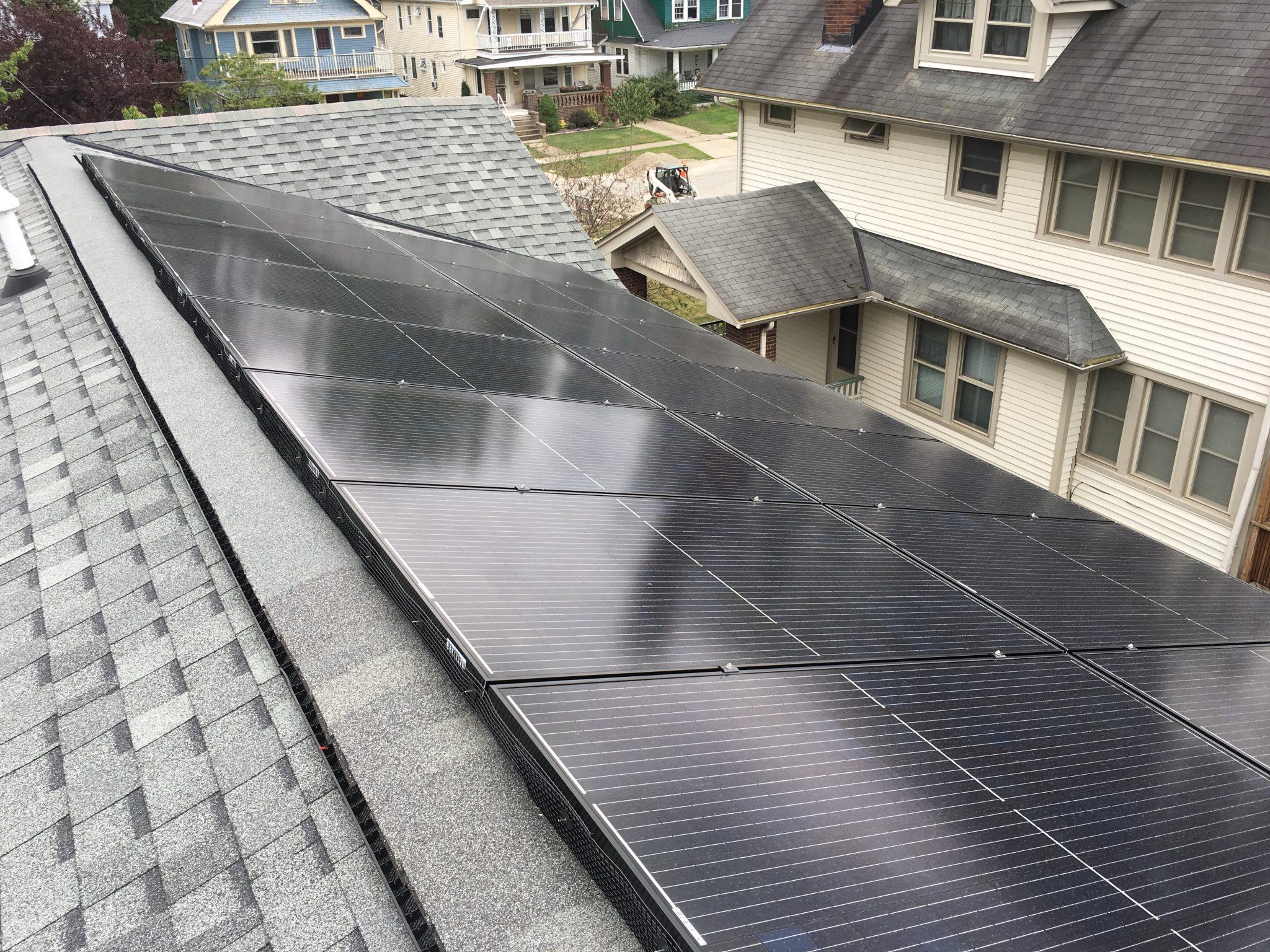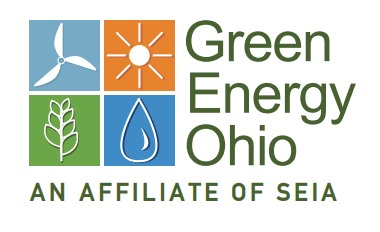The year 2013 will be remembered as the year that utilities in the United States crossed the Rubicon of renewable energy. At first glance you might think this is a purely partisan matter, one of liberals and conservatives scoring points off each other; however, it is actually the result of our republican (with a small ‘r’) form of government, wherein the profound wisdom of our founding fathers once again proves its worth. Frankly, what has happened should make each and every American proud.
Here’s what’s going on, and it’s quintessentially an American phenomenon.
No matter what our illustrious Congress desires or attempts, and regardless what our current President intends, at the end of every American day, the sun sets on 50 states and a handful of territories that are free and independent governments. Thus, even though we have a federal tax code, a FERC, and an EPA, it is still at the state level that the majority of business gets done. It is at the state level where new business is created and new technology is put into play. It’s also where power plants are built and operated. Like it or not, most U.S. electrical generation is a state-level activity. That’s where the money is spent and where jobs are created.
So unless the federal government, executive, legislative or judicial branch outright makes illegal some commercial activity, the states are going to do what they think is good for that state.
And lo and behold, the states have decided renewable energy is good.
Hence, despite what the last presidential election rhetoric sounded like, and despite what the current Congress is saying about renewable energy, the simple economics of wind, solar and other clean technology speaks for itself. Thus, in a free-market capitalist nation like America, we are seeing more and more states, businesses, and Americans freely choosing renewable energy.
A growing number of American utilities are facilitating this progress at the state level because it’s what the citizens, voters and taxpayers in those states have decided is best for them, their state and their country. No one is threatening to secede from the United State over renewable energy. Rather, we engaged in expanding renewable energy resources because it is the American thing to do.
Therefore, despite the continuing gridlock in Congress, the states are mostly exercising their liberty and moving ahead with their own renewable energy build-out, not so much as part of a larger transition away from coal to natural gas, but to diversify the energy sector and enhance local and national security.
The examples are truly indicative of Americans doing what we do best; namely, the pursuit of life, liberty and happiness.
Even more interestingly, despite the continued Congressional opposition to wind and solar, mainly on the Republican side of the House of Representatives, a growing number of Republican states are acting independently and ignoring Congressional Republicans who have forgotten to look and see what’s happening at home. Many current, substantial, and compelling examples abound.
For example Georgia, a bastion of traditionally ultra-conservative ideology with a near super-majority of Republicans in its state government, just saw all five of its statewide elected, conservative Republican Public Service Commissioners vote unanimously in favor of allowing Georgia Power, the nation’s largest public utility, to purchase 210 MW of solar energy. And then just eight months after that vote, they ordered GA Power to add another 525 MW, as a hedge against fuel and regulatory risk in order to protect the state and its economy and jobs.
Just prior to that move in Georgia, another ultra-conservative state, North Carolina, defeated a conservative-led attempt to repeal its Renewable Portfolio Standard (RPS). That defeat was followed by the Governor of North Carolina declaring June 2013 as “Solar Energy Month.” All that occurring with that state’s largest utility, Duke, supporting the continuation of the RPS.
Many Republican states are doing exactly the opposite of what the Republican Party in the House of Representatives in Congress claims to stand against. Legislators at the State level are actively and aggressively working toward nonpartisan solutions to move into the 21st Century in a way that’s best for Americans. These are bold, intelligent, and careful moves that make America better, stronger, leaner, cleaner and ready for a better and brighter future using more and more wind and solar. As it stands today, the state of our union, although in a state of perpetual gridlock at the Congressional level, is doing pretty darn well at the state level in the area of renewable energy. It is clearly the states that are leading the charge on the renewable energy front. And that’s the way it should be.
Just as it was the morals, values and concerns for the individual that informed our founding fathers and guided their political compass toward a republican form of government for the United States, so it is that we are now seeing the states inform our Congress, our Judiciary and our President on how to proceed with renewable energy. If only Congress would see and listen.
U.S. utilities are already in the game. They understand it can work, and they know they can make it work. While many may have been slow to start, they are speeding up. We are seeing that every day American utilities are increasingly becoming part of the solution rather than the problem. This is, again, due in large part to the fact that utilities operate at the state level, where they are still accountable to local folks — the people that they must serve.
In the end, despite the detour from rationality that the most recent national election cycle took, and despite the detour that Congress is currently still on, the renewable energy industry in America is actually back on track. Most particularly, the states are back on track. Once Congress gets on board with the states and supports the utilities in their combined effort to improve our energy infrastructure with wind and solar, our democracy will once again prove itself to be the closest thing to divine action mere mortals could ever conceive, just as our founding fathers envisioned.
Lee Peterson
October 07, 2013
Original story here











